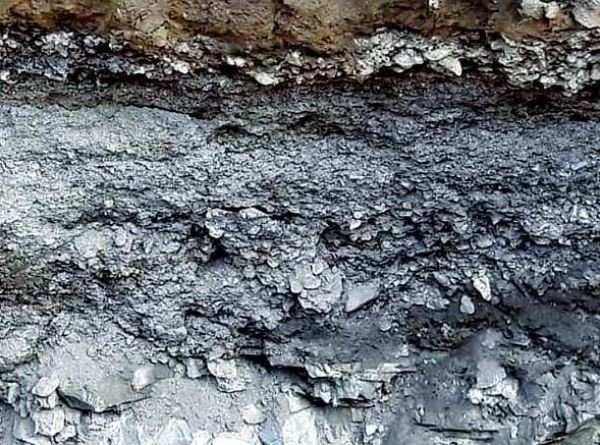Remains of Tamravati River and ancient Ahar Civilisation discovered in Udaipur during sewerage work
- Ahar civilisation was identified to have settled around Udaipur 50 centuries ago
- Digging during sewerage work caused the remains to be exposed
- Ahar was wiped out due to heavy floods
In the ongoing excavation at the Ahar Museum site on Dhulkot Chauraha at Udaipur, archaeologists have found remains of the 5000 year old Tamravati River.
Discovery of the remains happened when the digging for the sewerage was going on at Dhulkot. After a depth of 15ft, the remains of Tamravati River were observed. 3-6 ft of rubble of Tamravati river.
Temple Priest and President of Ahar Museum concurred that it is important to conserve the heritage of the Ahar civilization. They agreed that digging the area to get elaborate identity of the ancient civilization is needed.
Remains of the Ahar civilization are displayed at the Ahar Museum in Dhulkot, Udaipur. However, during the digging work at Dhulkot on Saturday, remains of the Tamrawati River were discovered.

Archivists are of the opinion that initially Dhulkot was divided into two parts and a road was constructed in between. Now the excavation is being done to destroy the remains of this ancient civilization.
Remains of Ahar Civilisation, made from mud from the Ayad river, are found in the region and that is why locals call this as Dhulkot. The museum displays remains of houses of the Ahar civilization. Utensils, weapons and other items from this civilization are there at the museum.
The Contractor in charge of the sewerage work said that he has no idea of the historical importance of the site or Tamravati river. He said that he would install the sewerage line and close the spot. The spot was closed today morning.

It is recorded in history that the 5000 year old Ahar Civilisation settled near the Tamravati River. Banas river flowed through near Udaipur, and its tributary Tamravati flowed across Udaipur. A fort enclosed with mud and brick was found in an earlier excavation in Udaipur. This structure was spread across 500 sq meters and was filled with ash and cowdung. The Ahars had built this structure at a place named Balathal near the current city of Udaipur, 4,500 years ago.
More about the Ahars
Ahars were the first farmers of the Mewar region, much older than the Harappans. Archaeologists in earlier excavations found 5 skeletons on the site in four layers between 2000BC and 1800BC. This was the Calolithic age (Copper and Stone) and it was the first time that human skeletons were found at any of the 90 Ahar sites.
Ahars were a rural society and Harappan progress in 2500BC helped Ahars to flourish and develop their own townships in the eastern side of Aravalis in Mewar, alongside Banas river and its tributaries. Their naming comes from an excavation done in the mid 1950s by RC Agarwal, former director of Archaeology, Rajasthan, at Ahar near the walled city of Udaipur.
With Inputs from Subhash Sharma and Sandeep Kumawat
To join us on Facebook Click Here and Subscribe to UdaipurTimes Broadcast channels on GoogleNews | Telegram | Signal



